The Well-being Word

Associate Vice-Chair of Well-Being
Hi Friends,
Rachel Moquin and I recently recorded a podcast with Dr. Kristina Dzara, and she talked about the concept of an “Educational Peloton.” Now, for those of you who don’t ride bikes, a peloton is more than a brand of exercise bike; it is what a group of bike riders riding closely together in a road race is called. When riders work in this close formation, they rotate positions to share the workload, work together to maintain a steady pace, and use teamwork and communication to achieve optimal speed and efficiency
The benefit of the peloton is that riding together makes it easier for everyone in the group. Riding in this group formation can reduce drag by up to 40 percent, reduce energy expenditure, and make the ride easier for the whole group.
When we think about improving our individual well-being, it is important to also think about the impact of the group. What pelotons are YOU a part of? There are so many ways that by relying on each other, we can improve our own personal resilience, feed off each other’s energy and talents, and make it easier for us all to go faster, further, and sustain.
Last month, we hosted the second annual Women’s Retreat. This is an excellent example of using the power of a group to make things easier. By working together toward common goals, the Women of WUDA can come together, use each other’s talents, networks, and knowledge to create initiatives like mentorship programs, improve policies to support women, and champion the personal and professional success of its members.
We have many opportunities to create supportive “pelotons” here at WUDA! It could be something as simple as checking in and listening to colleagues when they are struggling, becoming involved with PIA SAFE to make systemic cultural change, or even just attending a departmental-sponsored social event. The power of the group and human connection is so important!
The key to the Peloton, though, is that EVERYONE needs to pedal.
Sometimes it’s your turn to lead and push the pace. Other times, you might find strength in the middle, drawing on your team’s support. When you need assistance, tap into the group’s power. No matter your position, it’s vital to keep pedaling with the team.
Yours in Wellness,
Erin
The Women of WUDA Social Committee hosted its first event last week at Pin-Up Bowl! A huge thank you to everyone who joined us for the fun-filled evening.
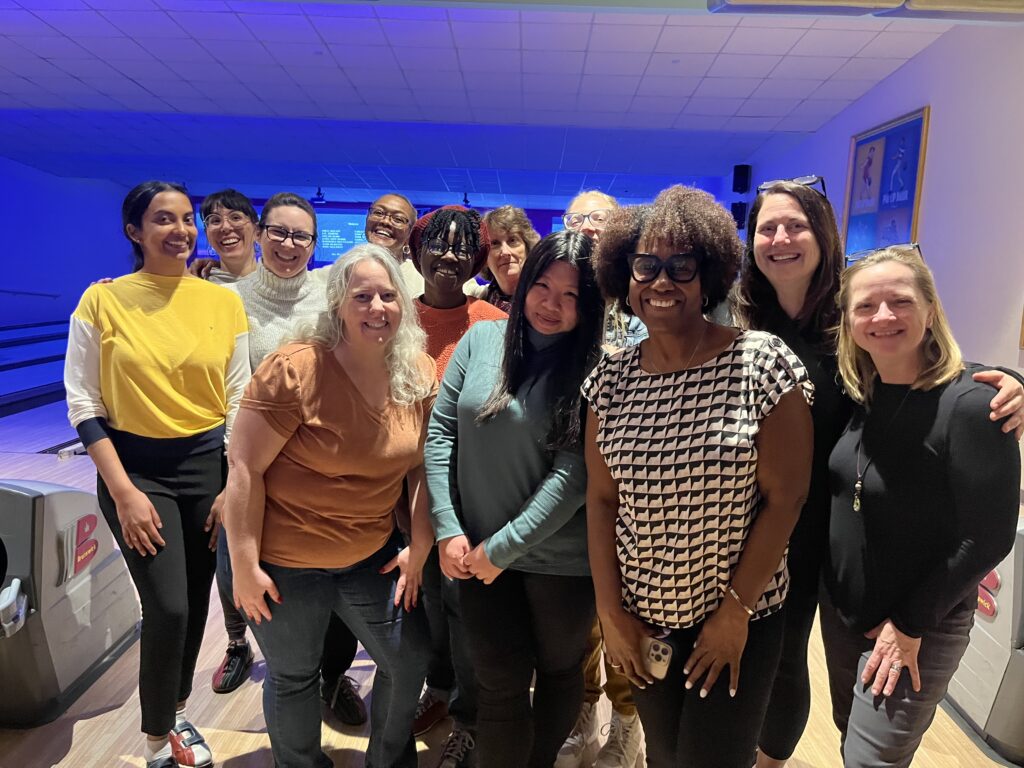

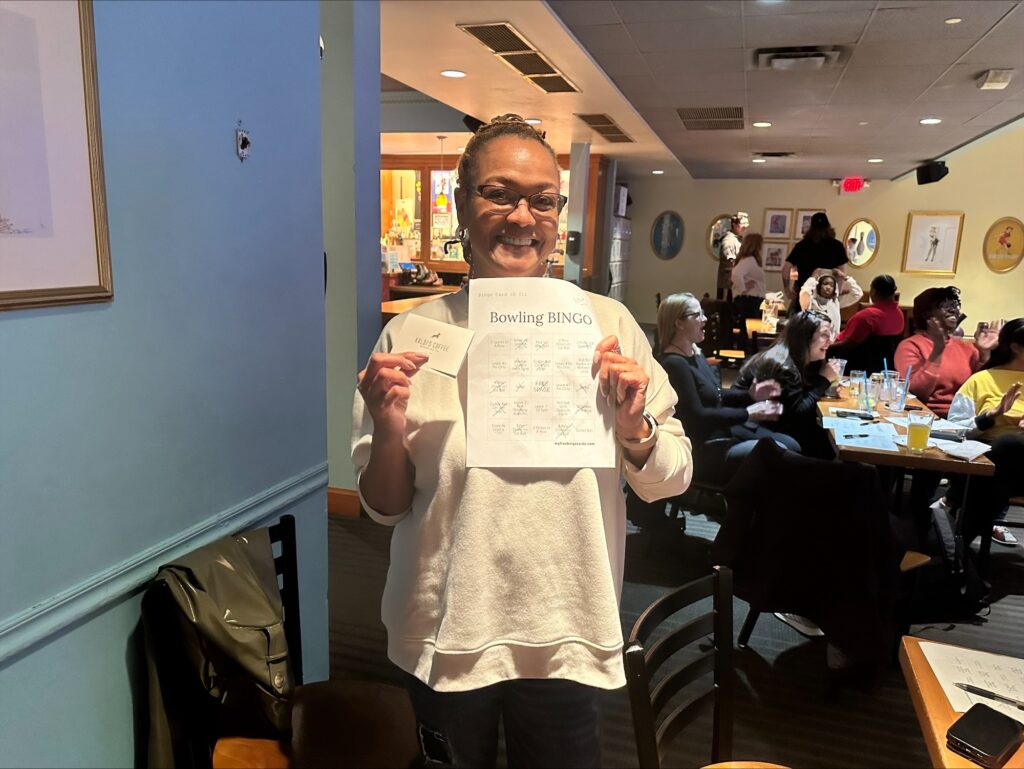
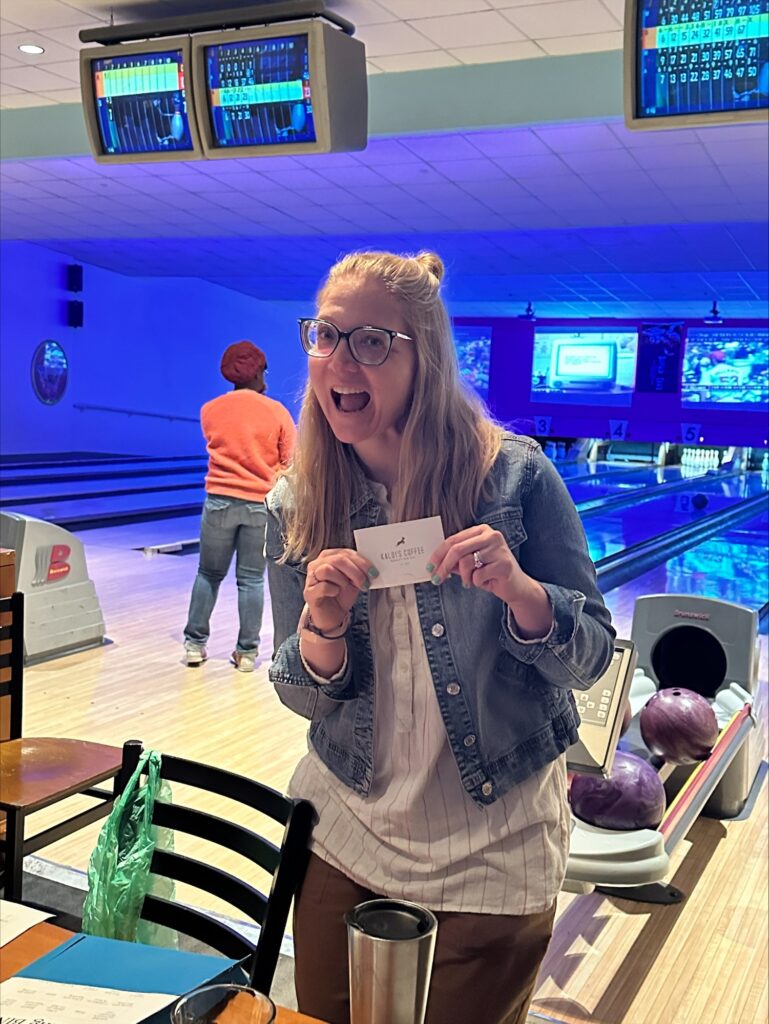
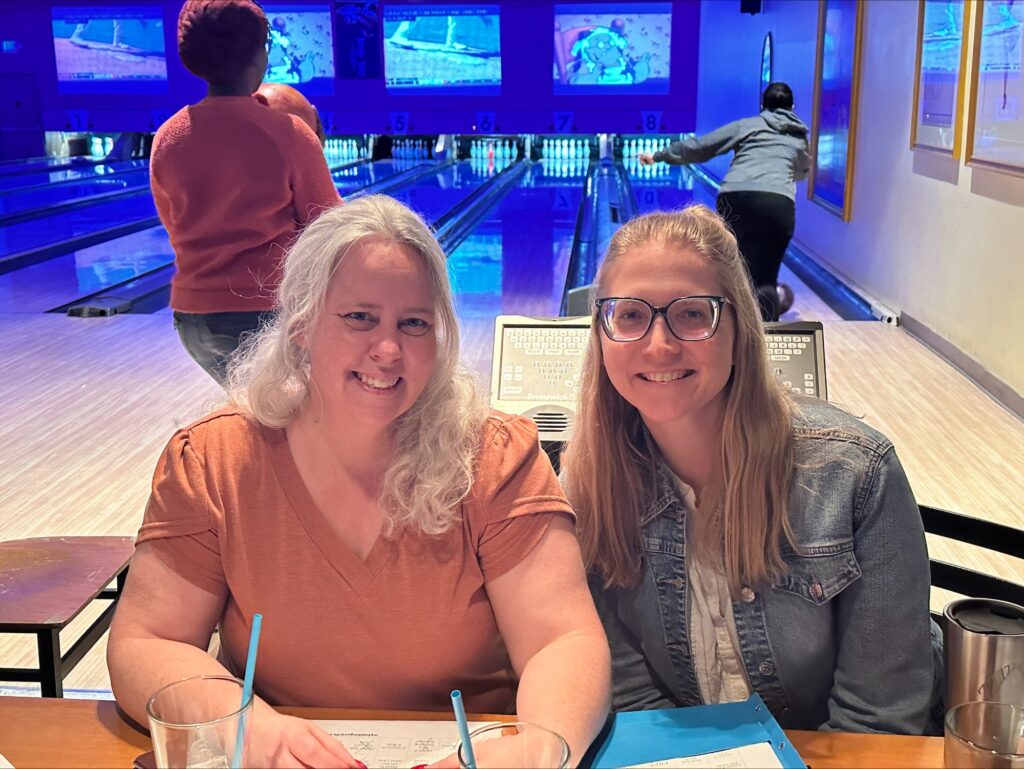
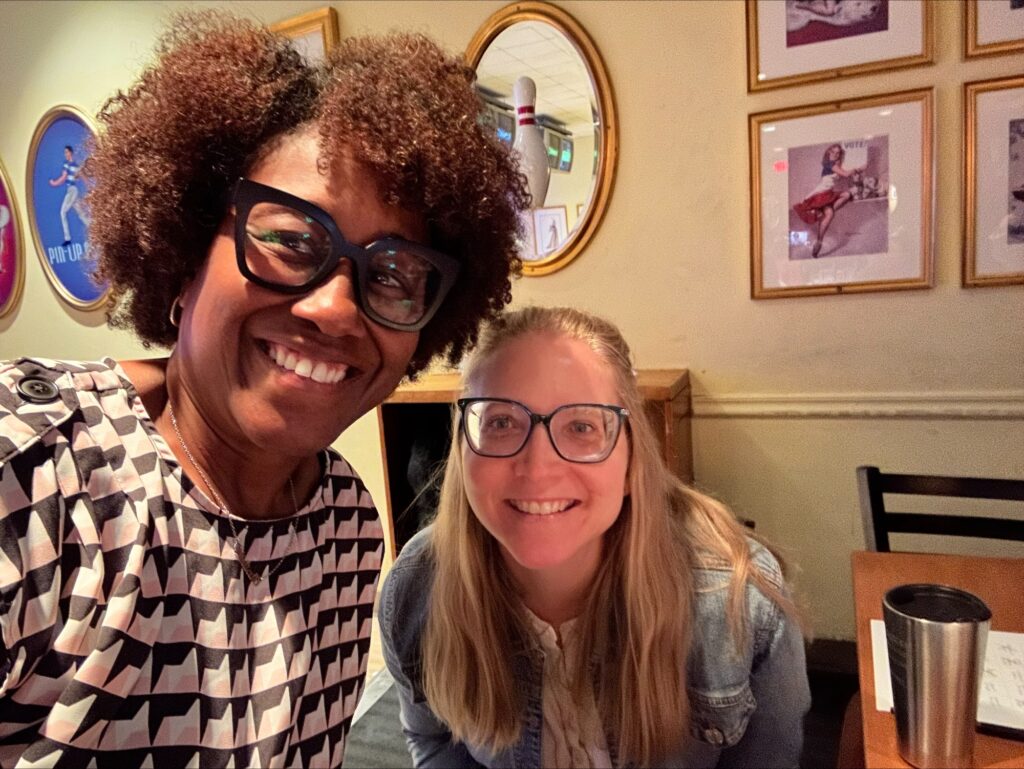
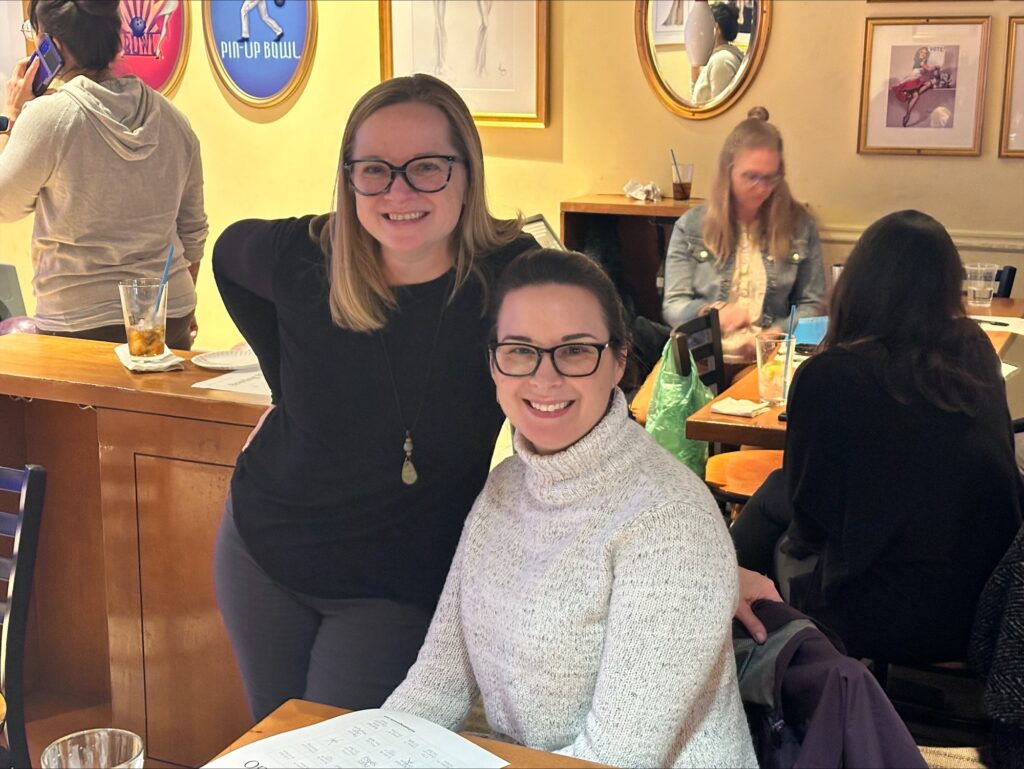
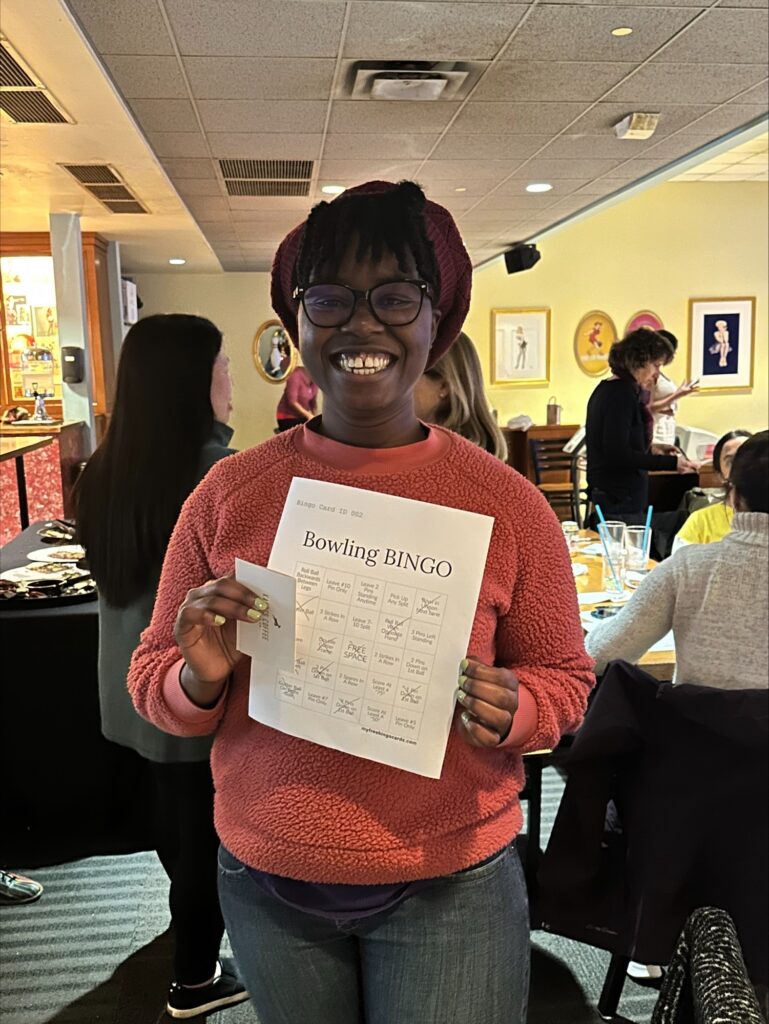
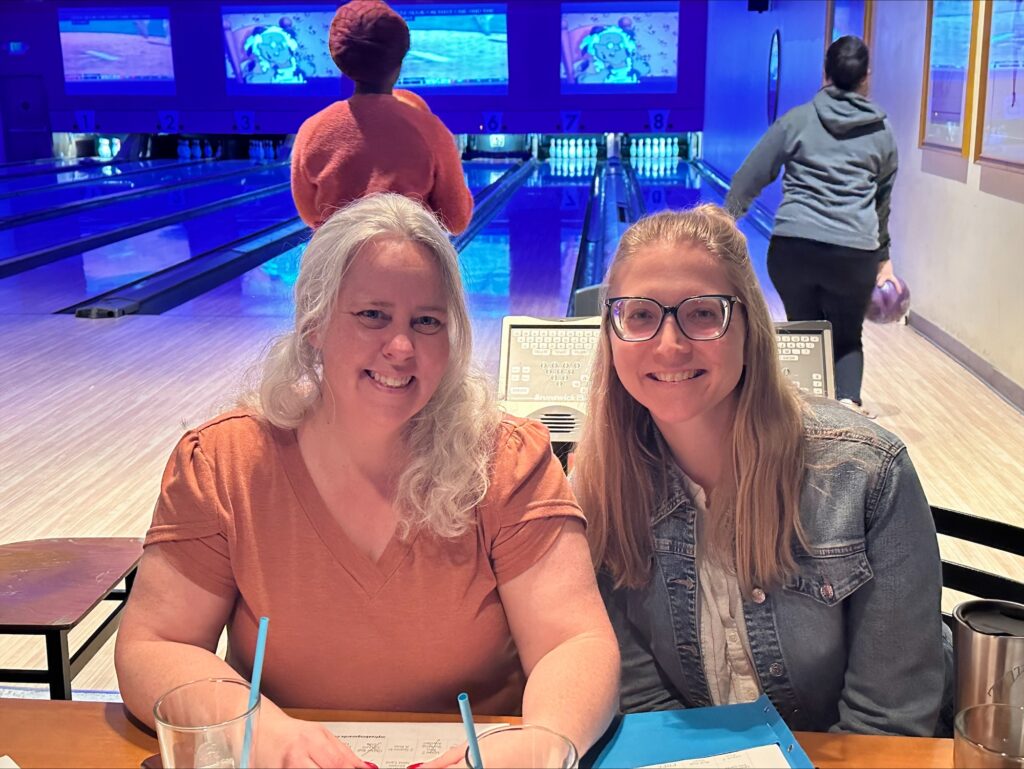
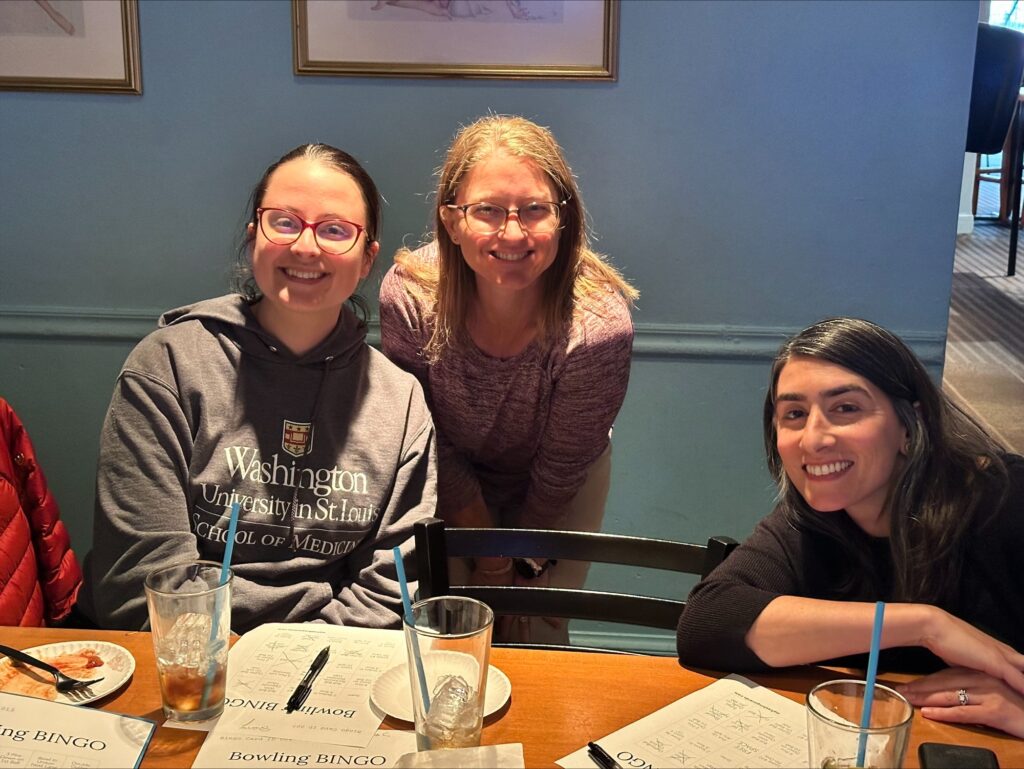
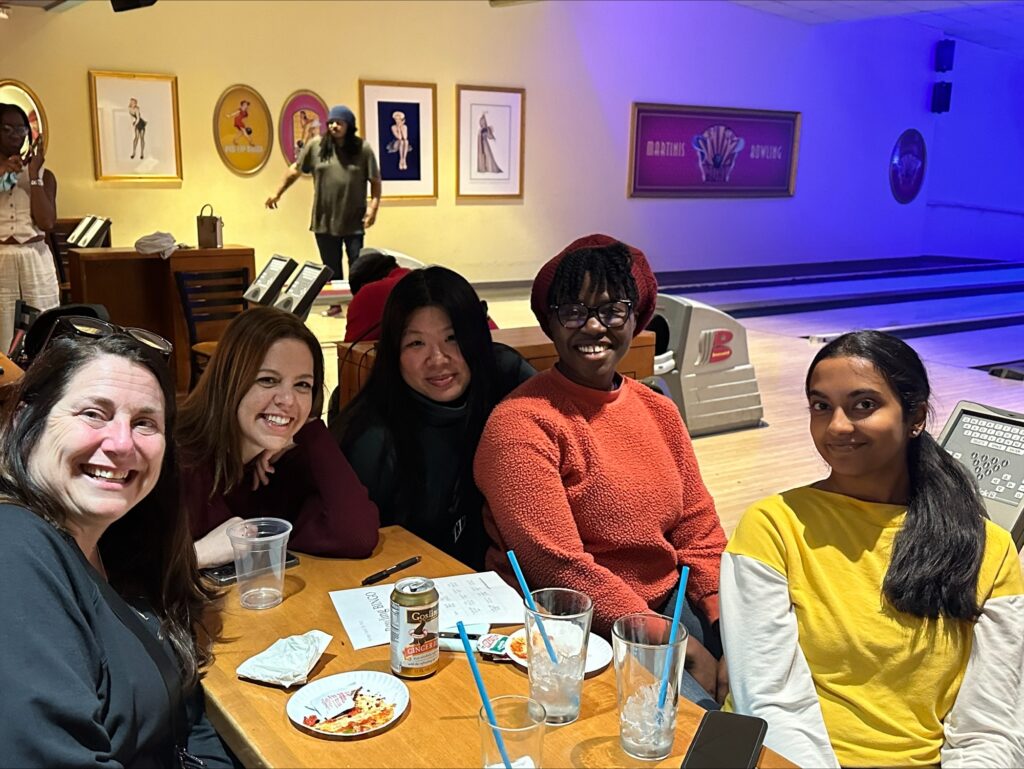

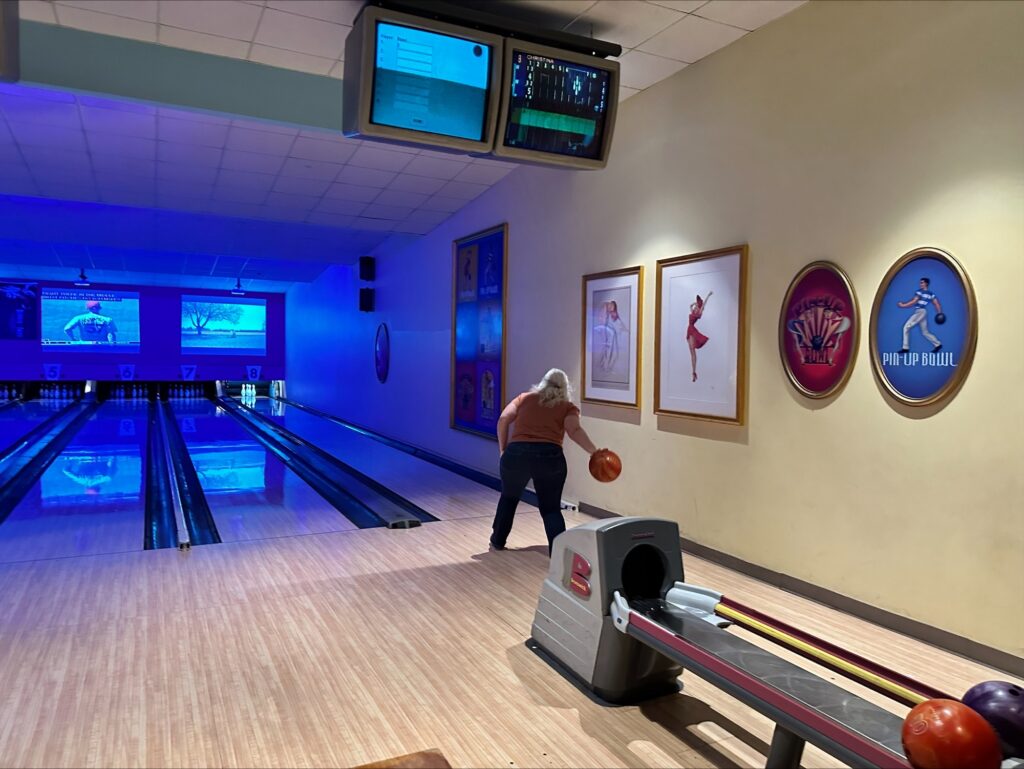
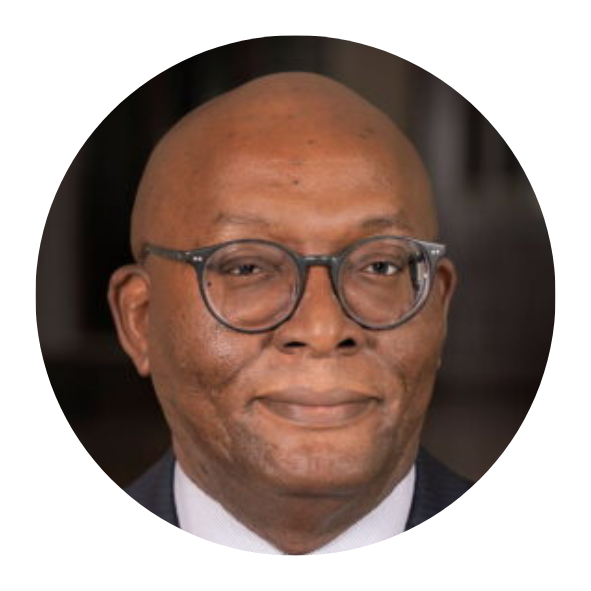
A Day in the Life of Omokhaye M. Higo, MD, MBA
In the fast-paced world of healthcare, physicians play diverse and demanding roles, often navigating between administrative responsibilities and hands-on patient care. Dr. Higo shares a glimpse into his daily routine as a physician who holds the position of vice-chair of innovation while carrying a whole load of clinical responsibilities. His unique role involves managing administrative tasks, providing anesthesia for complex neurosurgical ENT or spine cases in the operating room, and tending to patients in intensive care units (ICUs) across multiple hospitals within our healthcare system.
For this day in the life, Dr. Higo is taking us to a POD 5 operating room, one of the busiest and highest acuity surgical PODs on the BJH Campus.
A typical OR day often starts early, usually around 6:00 a.m. I usually cover 2-3 rooms staffed by anesthesia residents or CRNAs. My first task is to review the surgical schedule for the day. I carefully assess and discuss each patient’s medical history, the type of neurosurgical procedure planned, and any specific anesthesia considerations with my resident or CRNA. Neurosurgery encompasses a wide range of procedures, from brain tumor resections to spinal cord surgeries, each requiring a tailored anesthetic approach.
Before heading to the operating room, we meet with the patient and their family in the pre-op holding area to discuss the anesthesia plan, answer questions, and address any concerns. We also check in with the neurosurgical team to confirm the surgical plan and ensure the tailoring of the anesthetic plan as necessary.
Once in the operating room, the anesthesia team collaborates closely with the neurosurgeon and the surgical team. We are responsible for inducing and maintaining anesthesia throughout the procedure, constantly monitoring the patient’s vital signs, ensuring proper ventilation, and administering medications to manage pain and maintain anesthesia depth.
Neurosurgical procedures can be lengthy and technically challenging, often lasting several hours. So, it is crucial to remain focused and adapt to the ever-changing needs of the surgery, making real-time adjustments to the anesthesia to ensure the patient’s safety and comfort.
As the day progresses, we continue to provide anesthesia for scheduled neurosurgeries. These may include intricate procedures such as deep brain stimulation for Parkinson’s disease, tumor resection, aneurysm clipping, or interventional radiology cases. We ensure a prompt wake-up at the end of the case and deliver the patient safely to the PACU or Neurosurgical ICU.
After delivering our last case to the PACU/ICU, usually about 5–6 p.m., I return to my office, look up the cases for the next day, and place any orders needed in the pre-op holding area in the morning.
I then head home, catch up with any outstanding administrative tasks, or prepare for any meetings I might have coming up. I then go for a 2-3 mile walk to unwind, check in with my last two kids in college, turn in for the night around 10 p.m., and wake up to do it all over. I love what I do and can’t imagine doing anything else.
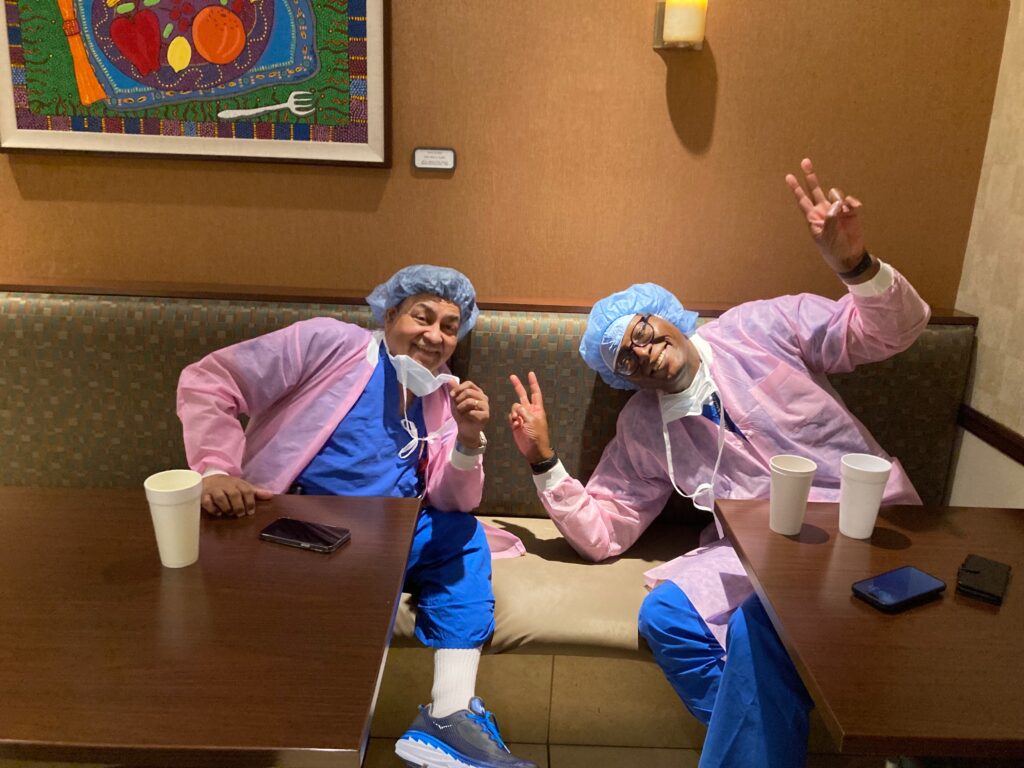
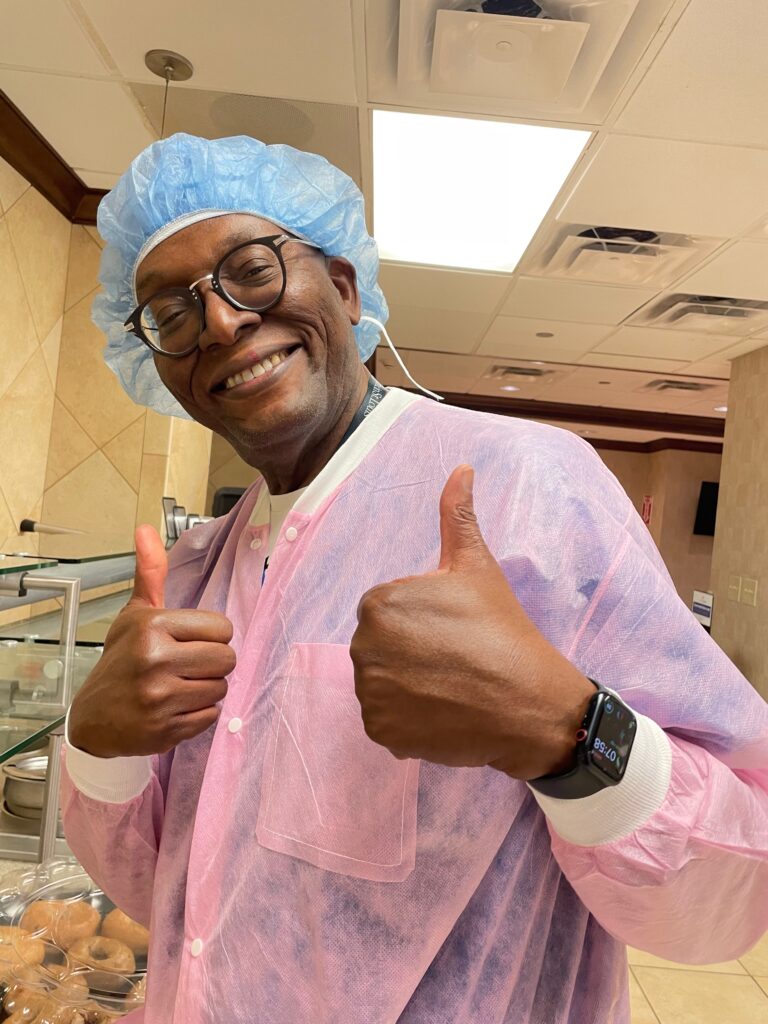
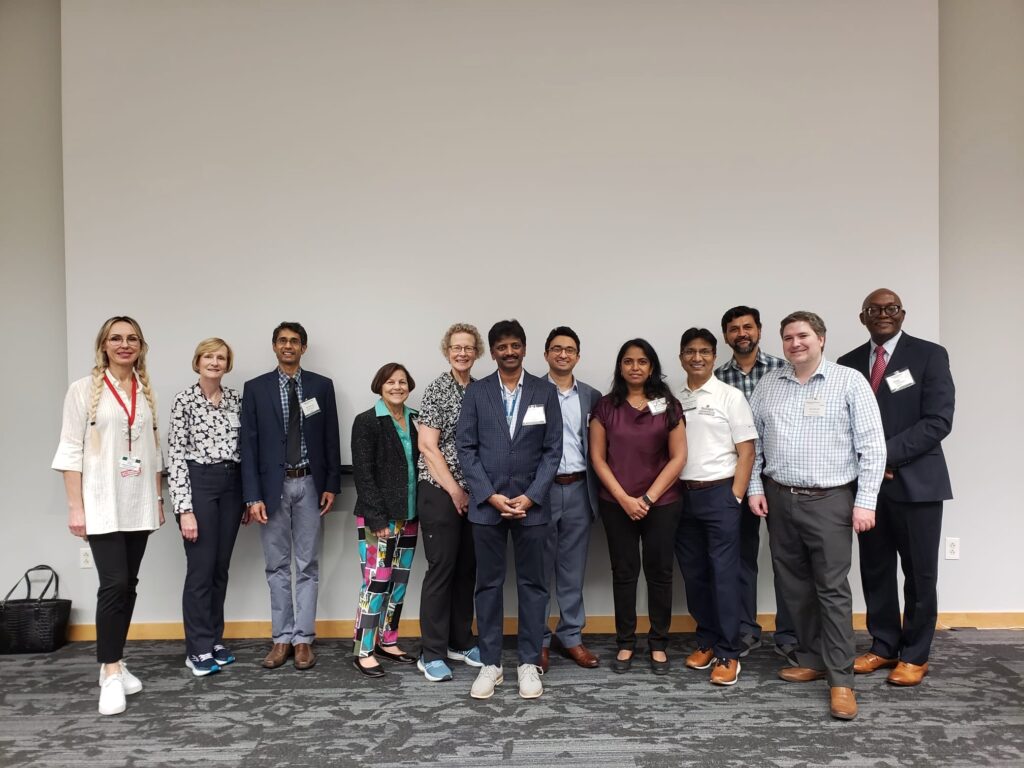

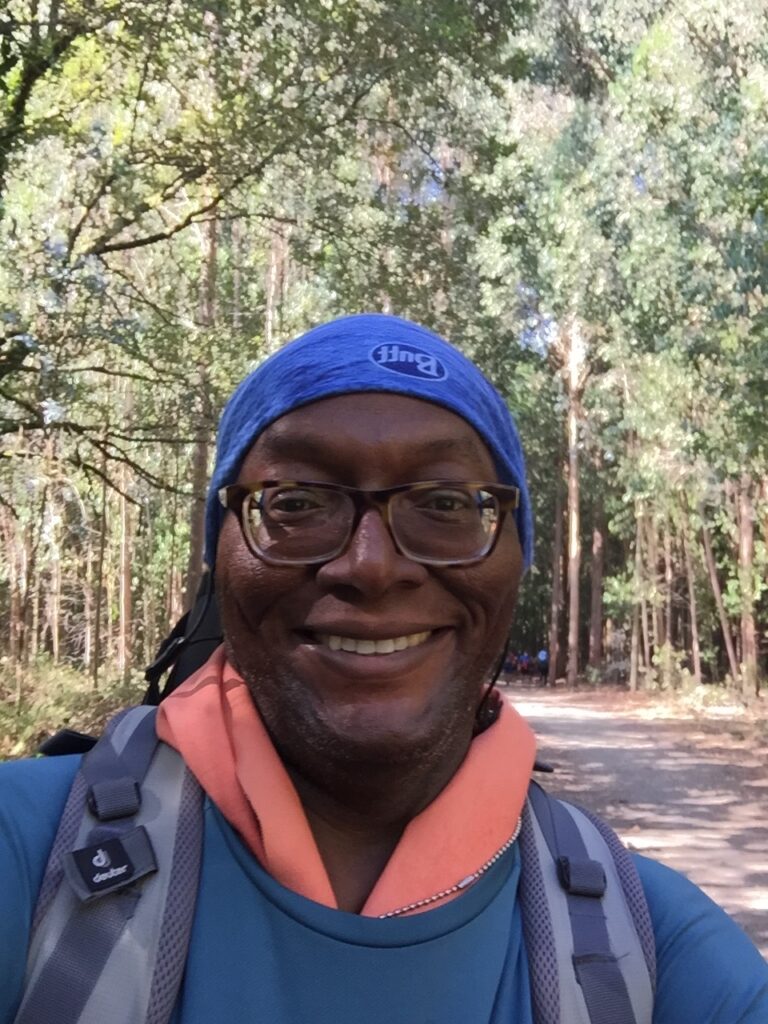
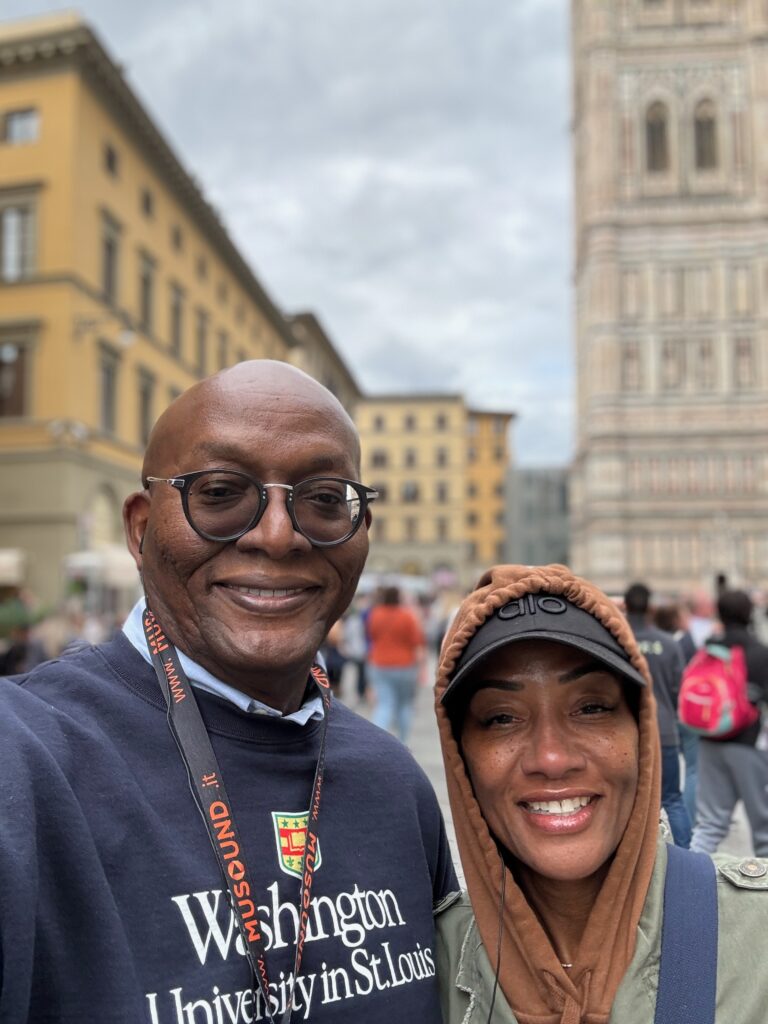
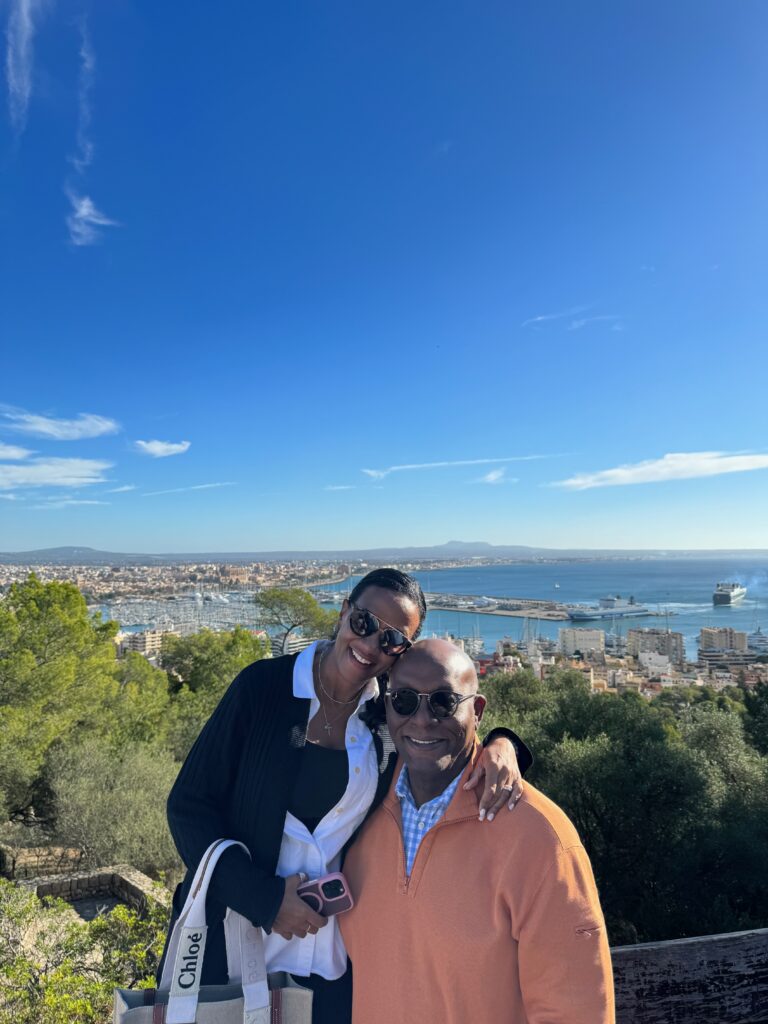

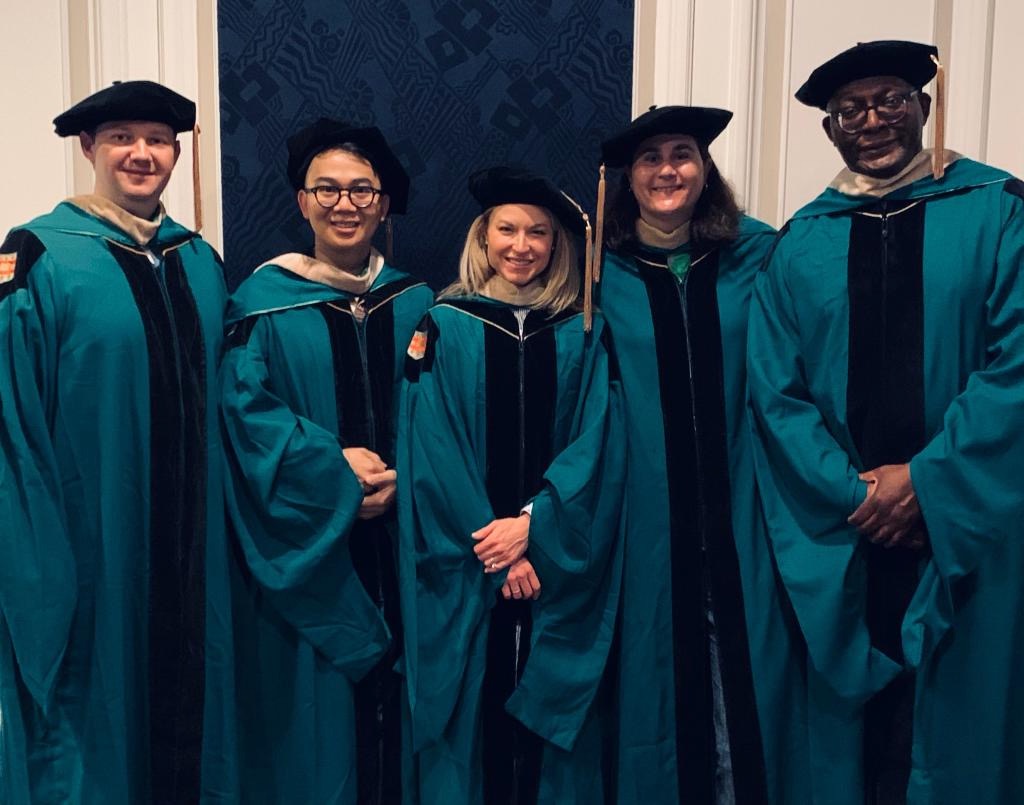


Highlights from the Second Annual Women of WUDA Retreat
The Women of WUDA (Washington University Department of Anesthesiology) hosted its second annual retreat on Saturday, March 9, at Holmes Lounge on the Danforth Campus. Over 100 women from the department gathered to connect and network, hear from women in medicine, and participate in wellness activities.
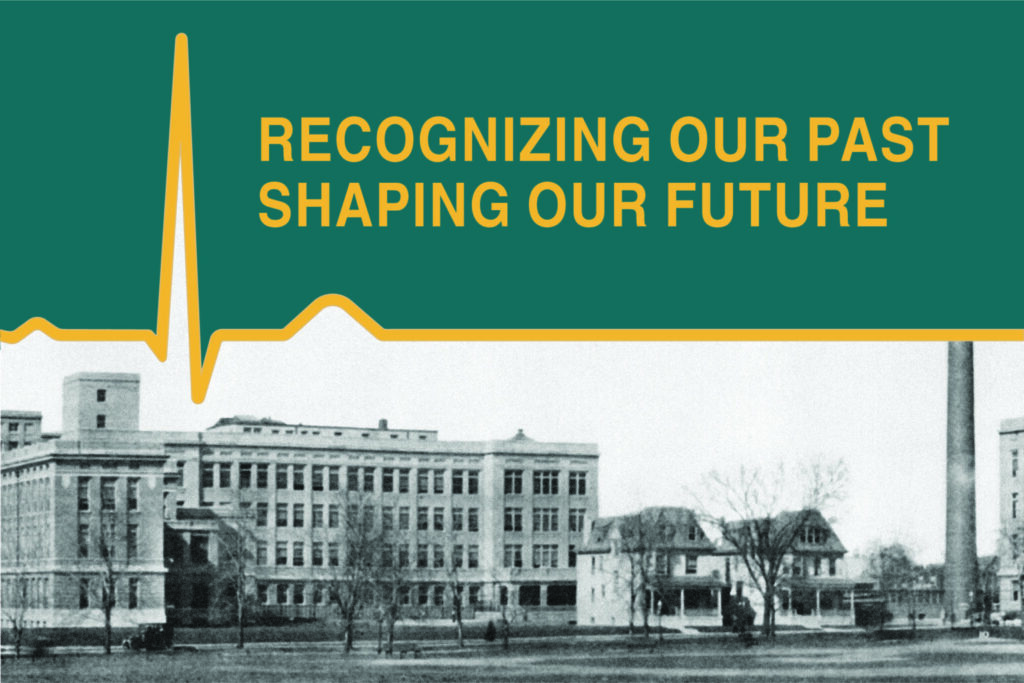
Desegregation History Wall
The Office of Diversity, Equity and Inclusion recently unveiled a permanent display highlighting the history of desegregation at WashU Medicine, Barnes-Jewish Hospital and St. Louis Children’s Hospital.
The history explores more than a century of perspectives of doctors, nurses, patients, students and staff at WashU Medicine, with an emphasis on the leaders who fought for desegregation and continue to fight for equity today.
The Desegregation History timeline is located on the second-floor link of the BJC Institute of Health on the Medical Campus. An expanded timeline is also available online.

Gateway2Wellness
Drs. Nicol & Evanoff at Washington University in St. Louis are looking for WUSM employees to participate in a pilot program called Gateway2Wellness (G2W).The goal of G2W is to help healthcare workers reach mental health and wellness resources that best meet their needs.
Compensation: You will receive a $15 Amazon gift card for every survey completed (seven surveys, for a total of $105).

Develop a healthy relationship with stress and overwhelm
Given the current economic climate, we understand you may be facing unprecedented stress levels in your life. But you don’t have to go through it alone. We want to share different ways for you to better manage your stress and take preventative actions that will improve your overall well-being in the long run.
Calm, our mental wellness partner, has curated the following stress relief resources that you can use anytime, anywhere:
- Overcome Stress and Anxiety — Try 11 different tools to reclaim your calm, overcome acute anxiety and chronic stress, and build confidence for life.
- Pump the Breaks on Stress — Learn how to regain control of your mind and body through breathwork and physical motions.
- Lower Body Stress — Stretch and relax your lower body to release any tension from the day.
- Infinite Ambient for Relaxation — Click play once and enjoy unique ambient music created by real musicians for as long as you need until you fall asleep.

The Well-developed Podcast
It is difficult to learn and perform well when you are not at your best. The Well-developed Podcast is a space to validate, normalize, and explore the ways we bring our whole selves to work. Learn how to capitalize on your own unique strengths, preferences, and sense of self to improve and develop your well-being!
Have an idea for a podcast topic? Share your suggestions using the form at the bottom of our webpage. Thanks for influencing our podcast’s evolution!

Take 2 for the Team
Introducing “Take 2 for the Team,” a new initiative and app designed to promote gratitude and positivity among our anesthesiology department’s team members. This digital peer-to-peer gratitude program encourages us all to take just 2 minutes each day to acknowledge and express gratitude towards a fellow team member.
You can find the app on our departmental INTRAnet, making it accessible to everyone in the department. Using the app is a breeze —simply compose a thank-you note, and your heartfelt “Thank You!” will be sent directly to your colleague’s inbox.
Let’s take a moment to appreciate our colleagues and their contributions to our well-being and happiness.